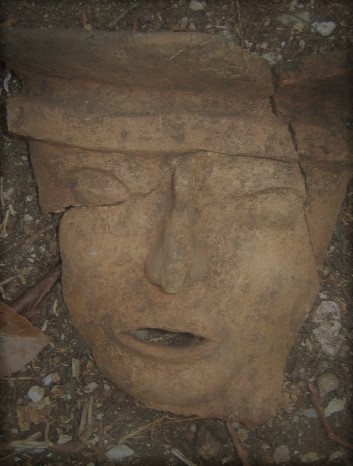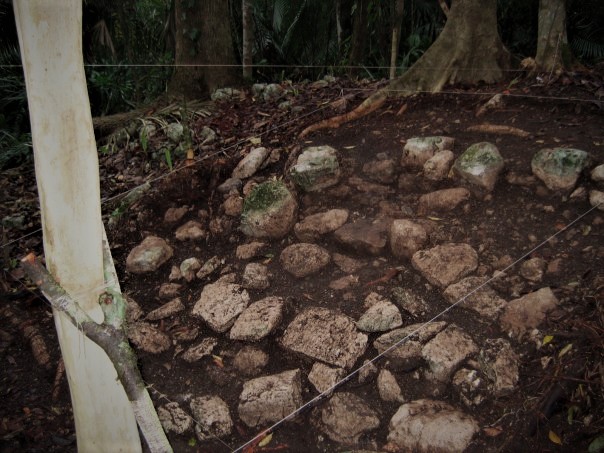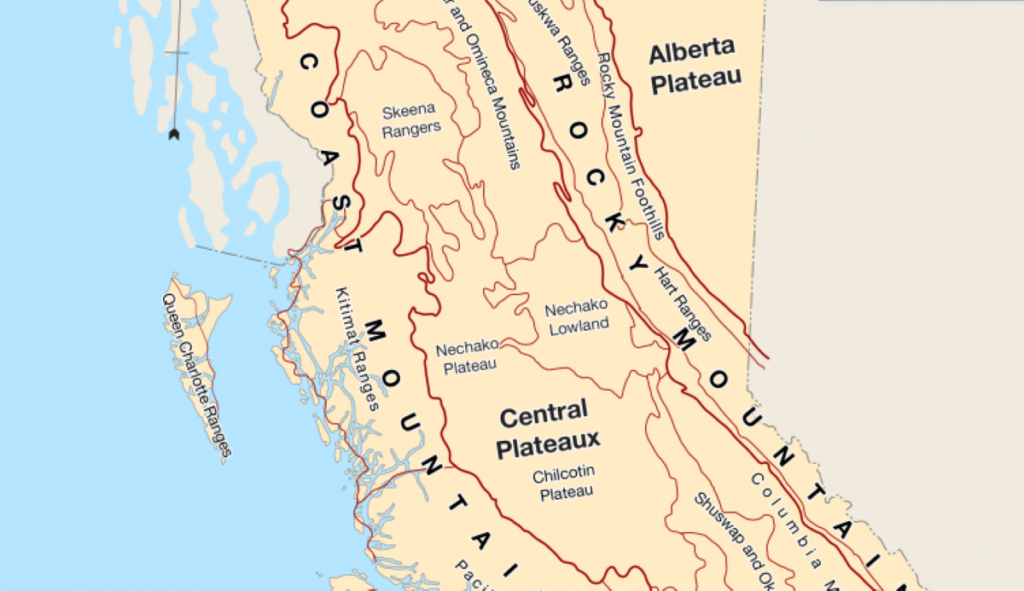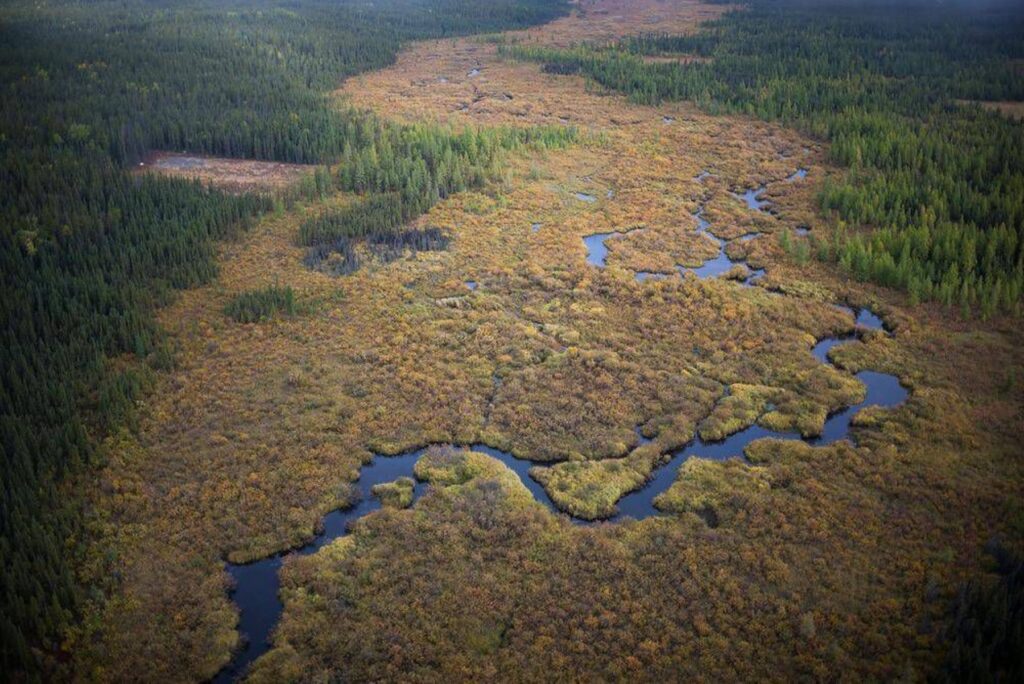Post Category : Archaeonerdism Archaeotourism
Field School in Belize – Trent University
One of the most common questions that I get asked is what is the coolest thing I have ever found. My default answer is this censer fragment that my excavation team unearthed back in 2009 as part of the Trent University field school in Belize, at the Minanha site.

My team was working on the excavation of a house platform. The house platform was part of a small complex of households near a ceremonial and political centre. the site was abandoned around 1000 years ago at the end of the Classic era of the Maya civilization.

One of the first things found during the excavation was a small cylinder seal next to the large tree root (pictured above). Unfortunately, I didn’t get a picture of the artifact but I still have my notes from the field school and a quick sketch that I did.

As we continued to excavate through different occupation layers, we came upon an assemblage of broken pottery sherds. We were careful to map each artifact before we removed them from their context (as indicated by the nails at each corner of the artifacts). We could see there were holes in the ceramics but had no idea of what was waiting once we turned it over.

When the sherd with the holes was turned over, the entire team got really excited and gathered around while the professor, Gyles Iannone, explained what we found. The artifact was part of a large incense burner. When incense was burned within the vessel, the smoke would come out the holes in the censer. The smoke flowing out of the mouth likely created a very stunning effect. After the field school was completed, the graduate students catalogued the artifacts and re-assembled the censer (pictured below).




